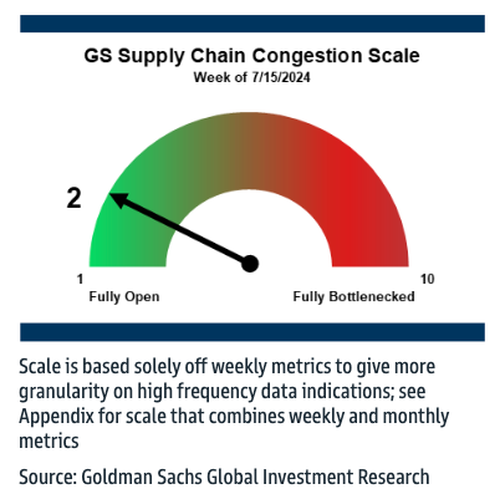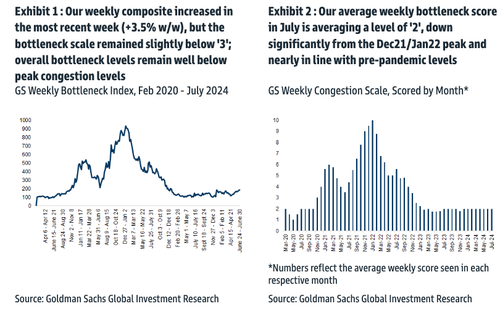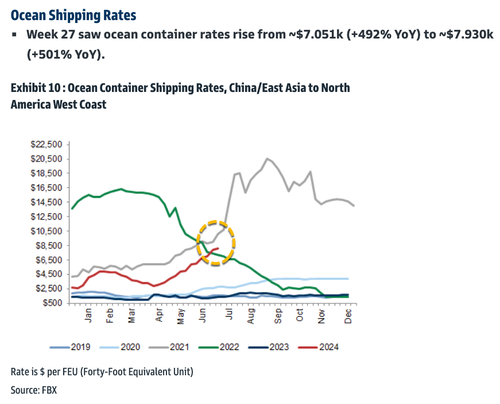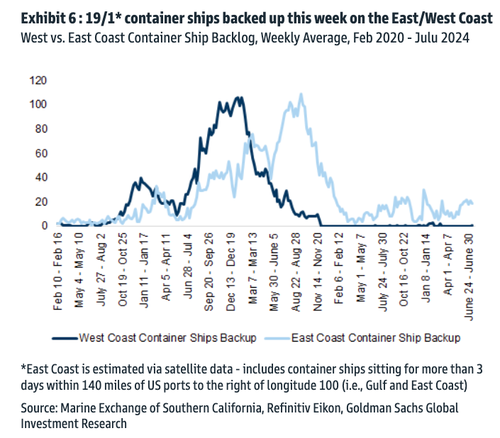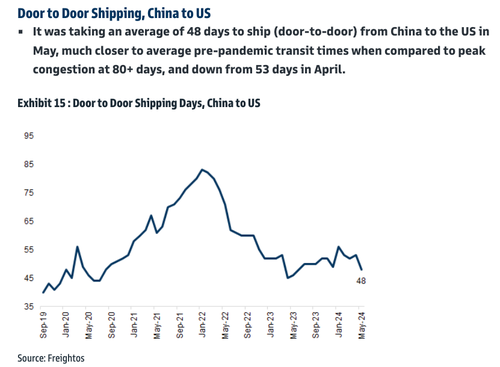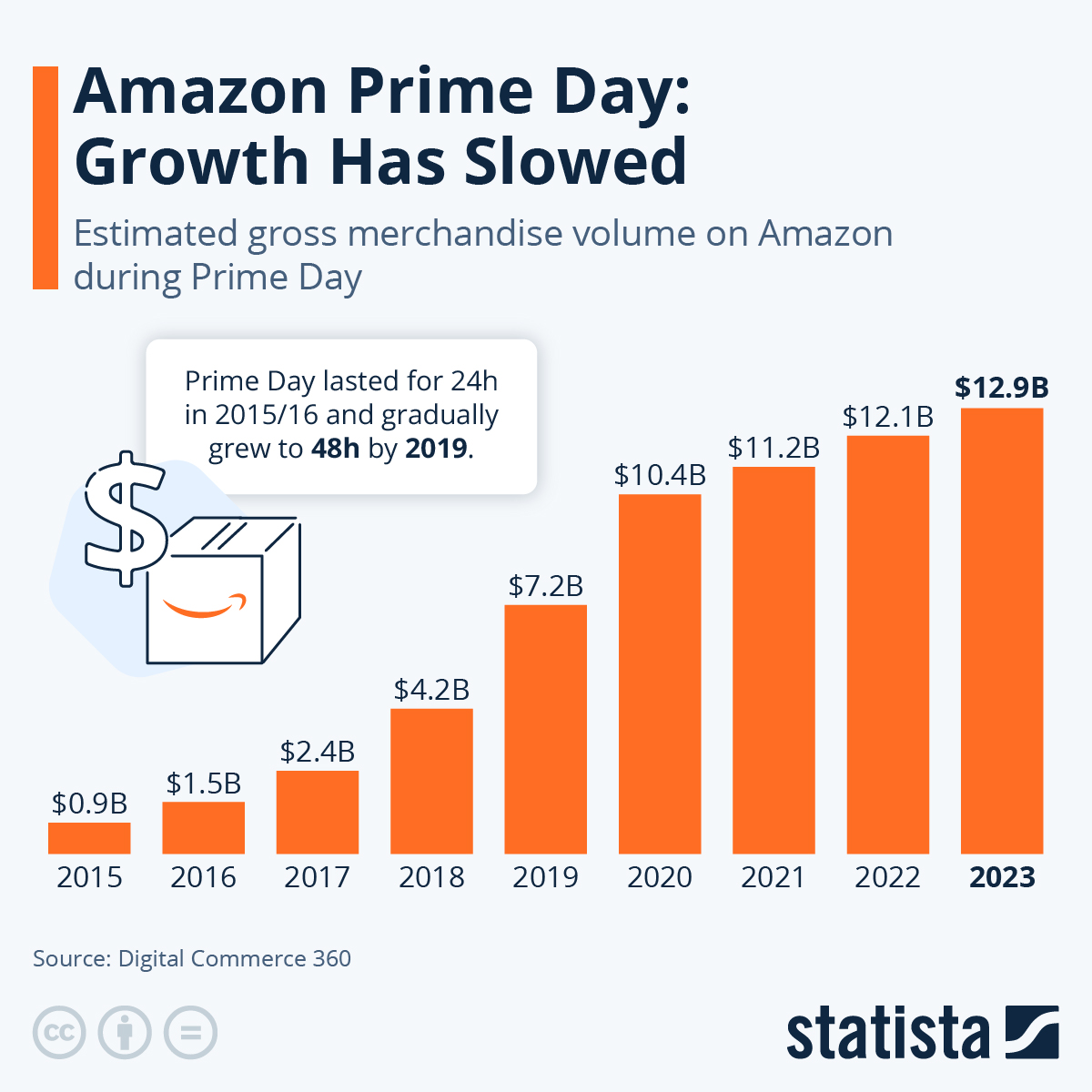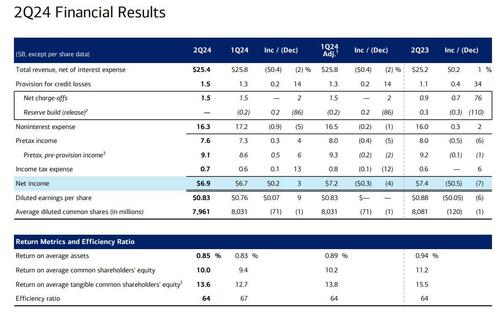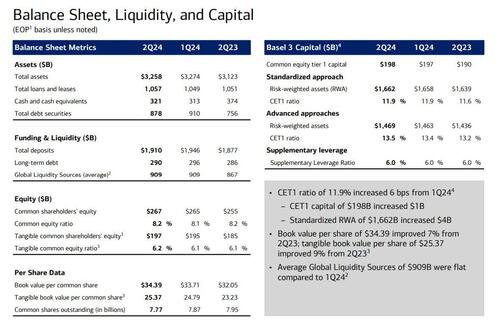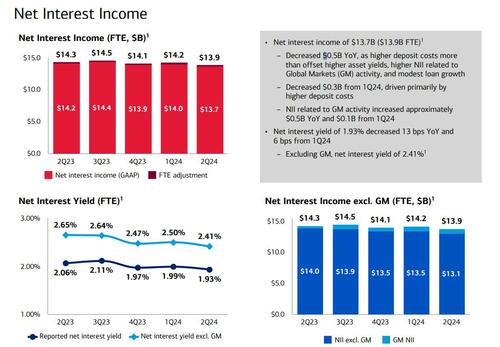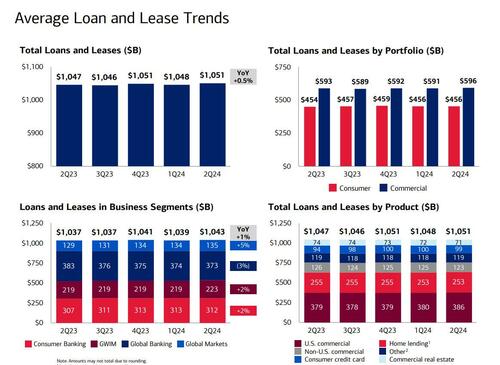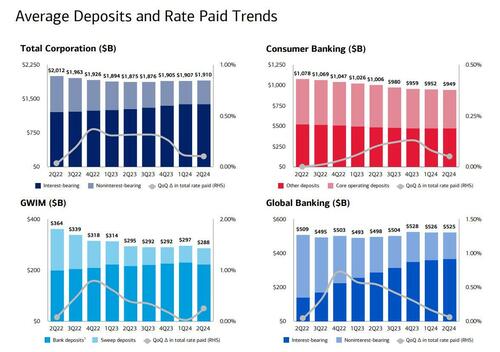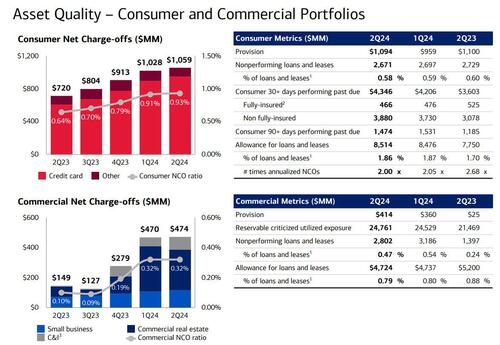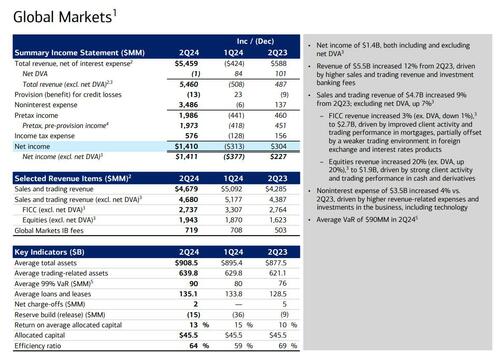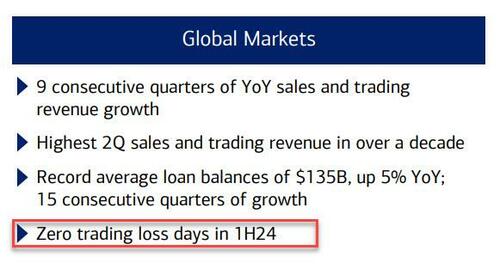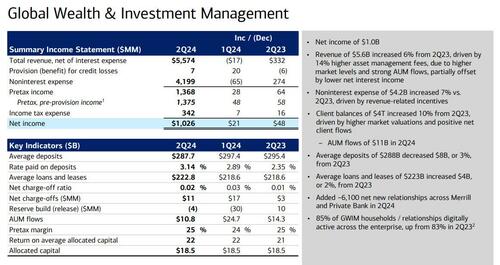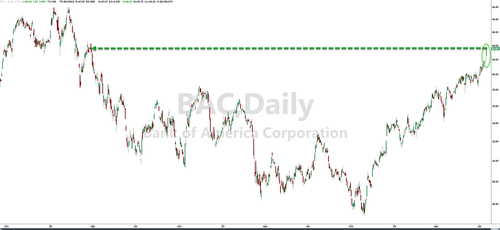“Staged Theatrics To Win Idiots’ Vote”: Virginia Prof Declares Trump Shooting Was Faked
University of Virginia Assistant Professor Sethunya Mokoko took a break from teaching students to get the word out this week that the entire assassination attempt of former President Donald Trump was a staged event for suckers. Mokoko explained that it was just a ploy to get the votes of “idiots.”
He, however, is available to offer sage-like clarity that the Secret Service, local police, and the Trump campaign conspired to fake the assassination, kill a bystander, and seriously wound others to get the sucker vote.
He is not alone in this theory while others on the left are simply bemoaning that Thomas Matthew Crooks missed.
In his tweet, Mokoko said that security ”ignored [Crooks] because trump & secrete (sic) service staged theatrics to win idiots’ vote.”
So let me get the conspiracy down.
The Secret Service allowed a kid who flunked out of the high school shooting club as a bad shot to fire multiple rounds at the former president from a sloped roof at 130 yards in the hope that he would only wing him?
Mokoko previously taught at Clemson University, Gold West College, Long Beach City College and University of California, Long Beach, according to his Linkedin page.
His faculty bio states that Mokoko teaches “Race, Rhetoric, and Social Justice” and “Writing about Culture and Society.”
His focus is “teaching students to appreciate and value social justice rhetorics across media; to become rhetorically listening writers, readers, and viewers; and to understand how global rhetorics shape and define agency and identification.”
He is not alone. Within minutes of the assassination attempt, the staging theory was going viral and has been picked up by many on the left. For example, actress Amanda Seales took to social media to claim that Trump used fake stage blood and sound effects to stage his assassination attempt.
“That sh** was more staged than a Tyler Perry production of Madea Runs for President. I lived in Harlem long enough to know that gunshots do not sound like making popcorn on the stove.”
She does not explain how local fireman Corey Comperatore died from the fake bullets.
Others fueled the stage conspiracy theory.
Tennessee state Rep. Antonio Parkinson posted a statement that “I certainly hope this is not a staged act. But.”
Colorado state Rep. Steve Woodrow, D-Denver, declared “The last thing America needed was sympathy for the devil but here we are.”
Aberdeen, Wash., Mayor Douglas Orr declared “The shooter is dead so we will never know if this was staged. I hope I’m wrong, but because of his record of deceit, that’s the first thing that came to mind.”
Still others accepted that the shooting was real, but complain that Crooks should not have missed. Bellarmine University English instructor John James posted on Instagram: “If you’re gonna shoot, man, don’t miss.”
Jack Black’s Tenacious D partner Kyle Gass made a wish while performing with Black that the next assassination would not miss. Various people joined in on regretting that the assassination was not successful.
This is the very face of the age of rage and shows how it is both addictive and contagious.
Tyler Durden
Tue, 07/16/2024 – 15:45
via ZeroHedge News https://ift.tt/EoxXsTe Tyler Durden


